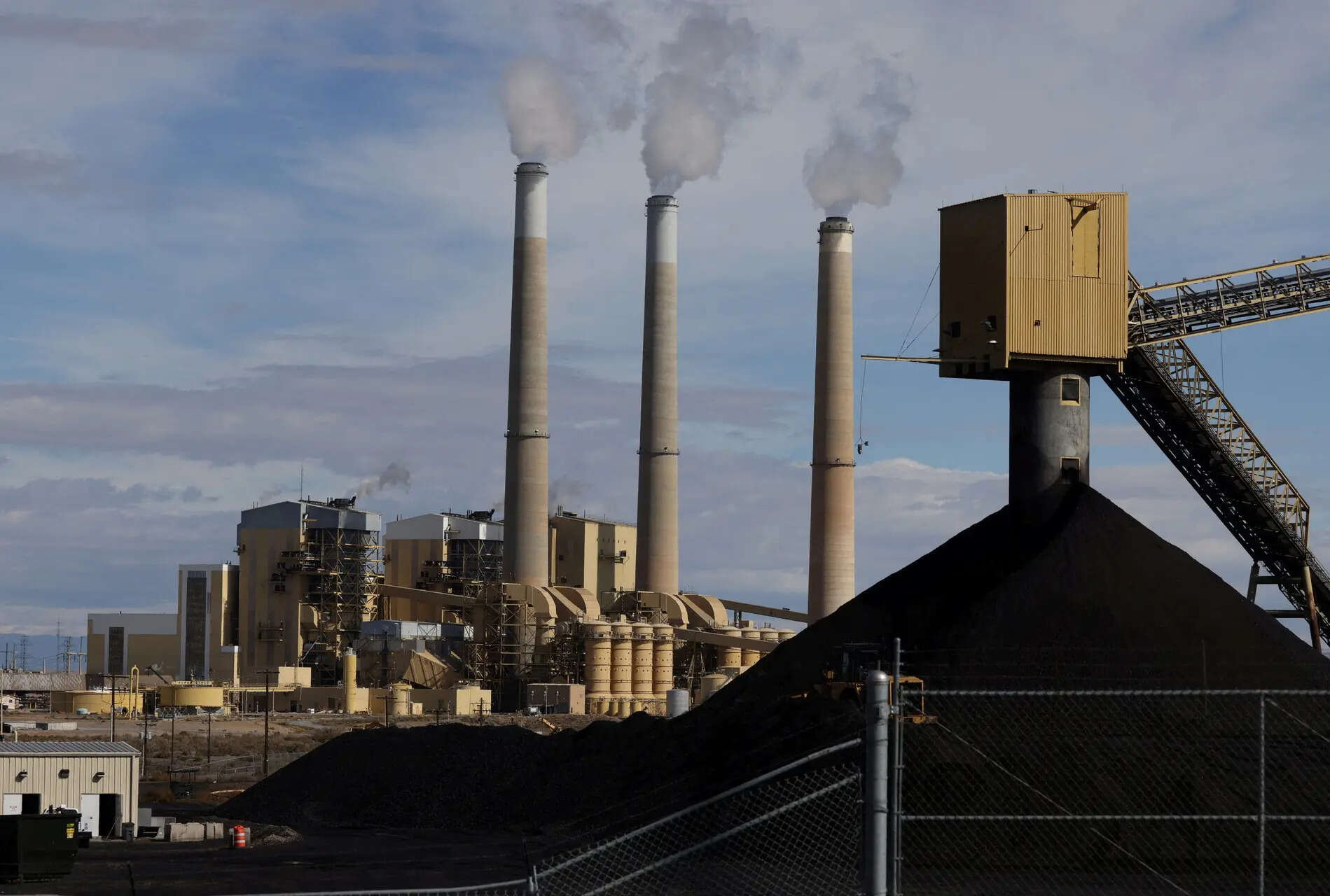
New Delhi: Methane emissions from Australian coal mines, which are underreported and often overlooked, could increase the short-term climate impact of steelmaking by 6-15 per cent, according to a new study released by energy think tank Ember.
Australia is the world’s largest exporter of coking coal, meeting more than half of global demand in 2024. The report said that coking coal mines in the country emitted an estimated 867 kilotonnes of methane last year, more than the emissions from its entire oil and gas sector combined. With methane intensities ranging from 3 to 5 tonnes per kilotonne of coal, these emissions could add 10-17 per cent to steel’s short-term climate footprint.
A case study of the Hail Creek mine in Queensland, one of the country’s gassiest mines, revealed the scale of underreporting. Between 2023 and 2024, about 4.3 million tonnes of coal were exported from this mine to major steelmakers, including ArcelorMittal, Nippon Steel and POSCO. While reported data showed 12.9 kilotonnes of methane emissions, actual emissions may have been more than three times higher, equal to the methane released annually by 283,000 beef cattle.
The report highlighted that metallurgical coal mines dominate Australia’s methane “super-emitter” list, with eight out of the ten gassiest mines producing metallurgical coal. These mines account for over one-fifth of reported methane emissions despite representing only three per cent of output, suggesting their actual share could be even higher once underreporting is considered.
“Steelmakers can no longer ignore the climate cost of the coal they use,” said Nishant Bhardwaj, Director – Coal Mine Methane (Climate Change) at Ember. “More than half of coal mine methane emissions can be avoided with existing technology—but only if buyers demand proper monitoring and abatement from their suppliers. Without mine-level transparency, their decarbonisation plans risk being built on incomplete information.”
The report noted that existing methane abatement technologies could cut more than half of emissions from coal mines. The United Nations Environment Programme’s International Methane Emissions Observatory (IMEO) has previously stressed that steel’s climate impact begins at the mining stage, making methane reduction an urgent priority before 2030.
The study said while renewable-powered steel production is the long-term pathway for full decarbonisation by 2050, addressing methane emissions from coal mines remains a critical step to prevent hidden emissions from undermining global steelmakers’ climate commitments.


